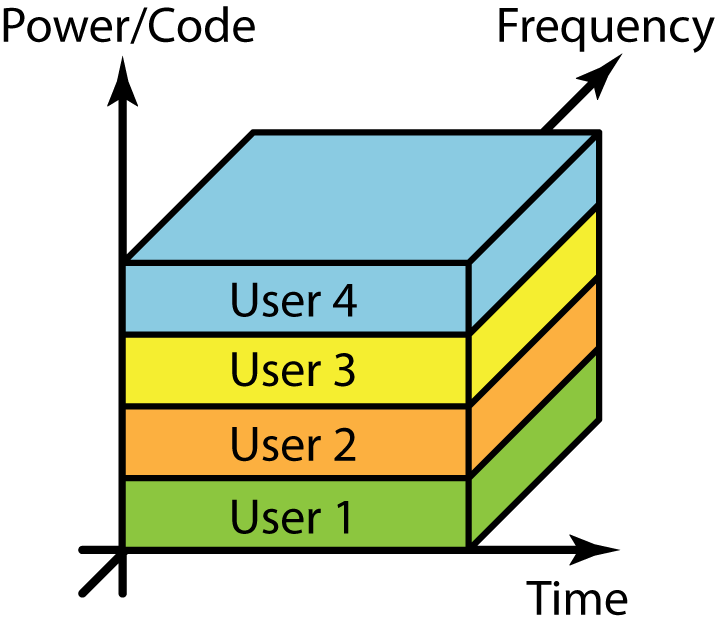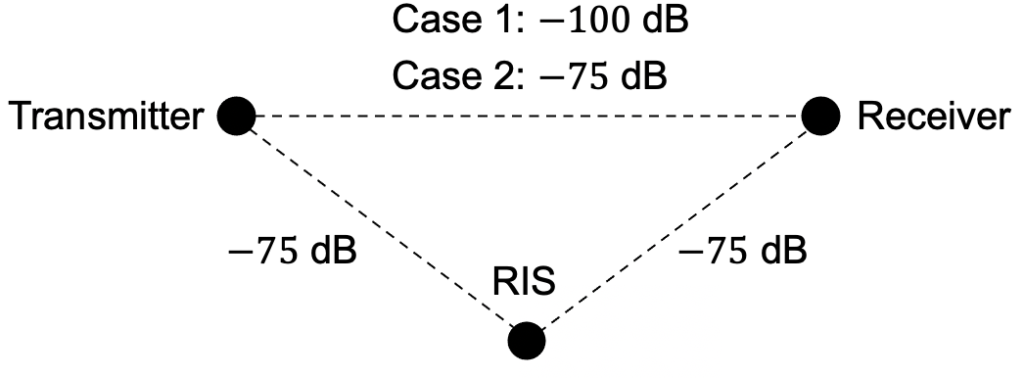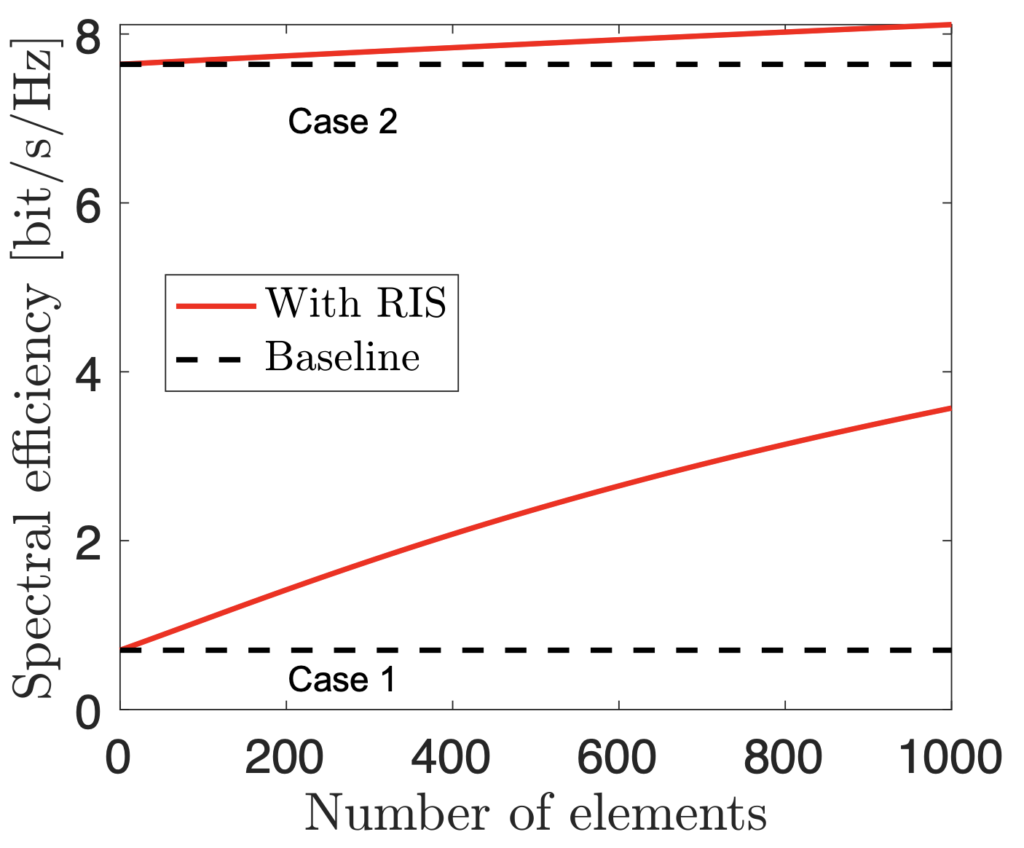The name “Massive MIMO” has been debated since its inception. Tom Marzetta introduced it ten years ago as one of several potential names for his envisioned MIMO technology with a very large number of antennas. Different researchers used different terminologies in their papers during the first years of research on the topic, but the community eventually converged to calling it Massive MIMO.
The apparent issue with that terminology is that the adjective “massive” can have different meanings. The first definition in the Merriam-Webster dictionary is “consisting of a large mass”, in the sense of being “bulky” and “heavy”. The second definition is “large in scope or degree”, in the sense of being “large in comparison to what is typical”.
It is probably the second definition that Marzetta had in mind when introducing the name “Massive MIMO”; that is, a MIMO technology with a number of antennas that is large in comparison to what was typically considered in the 4G era. Yet, there has been a perception in the industry that one cannot build a base station with many antennas without it also being bulky and heavy (i.e., the first definition).
Massive MIMO products are not heavy anymore
Ericsson and Huawei have recently proved that this perception is wrong. The Ericsson AIR 6419 that was announced in February (to be released later this year) contains 64 antenna-integrated radios in a box that is roughly 1 x 0.5 m, with a weight of only 20 kg. This can be compared with Ericsson’s first Massive MIMO product from 2018, which weighed 60 kg. The product is designed for the 3.5 GHz band, supports 200 MHz of bandwidth, and 320 W of output power. The box contains an application-specific integrated circuit (ASIC) that handles parts of the baseband processing. Huawei introduced a similar product in February that weighs 19 kg and supports 400 MHz of spectrum, but there are fewer details available regarding it.

These products seem very much in line with what Massive MIMO researchers like me have been imagining when writing scientific papers. It is impressive to see how quickly this vision has turned into reality, and how 5G has become synonymous with Massive MIMO deployments in sub-6 GHz bands, despite all the fuss about small cells with mmWave spectrum. While both technologies can be used to support higher traffic loads, it is clear that spatial multiplexing has now become the primary solution adopted by network operators in the 5G era.
Open RAN enabled Massive MIMO
While the new Ericsson and Huawei products demonstrate how a tight integration of antennas, radios, and baseband processing enables compact, low-weight Massive MIMO implementation, there is also an opposite trend. Mavenir and Xilinx have teamed up to build a Massive MIMO solution that builds on the Open RAN principle of decoupling hardware and software (so that the operator can buy these from different vendors). They claim that their first 64-antenna product, which combines Xilinx’s radio hardware with Mavenir’s cloud-computing platform, will be available by the end of this year. The drawback with the hardware-software decoupling is the higher energy consumption caused by increased fronthaul signaling (when all processing is done “in the cloud”) and the use of field-programmable gate arrays (FPGAs) instead of ASICs (since a higher level of flexibility is needed in the processing units when these are not co-designed with the radios).
Since the 5G technology is still in its infancy, it will be exciting to see how it evolves over the coming years. I believe we will see even larger antenna numbers in the 3.5 GHz band, new array form factors, products that integrate many frequency bands in the same box, digital beamforming in mmWave bands, and new types of distributed antenna deployments. The impact of Massive MIMO will be massive, even if the weight isn’t massive.




